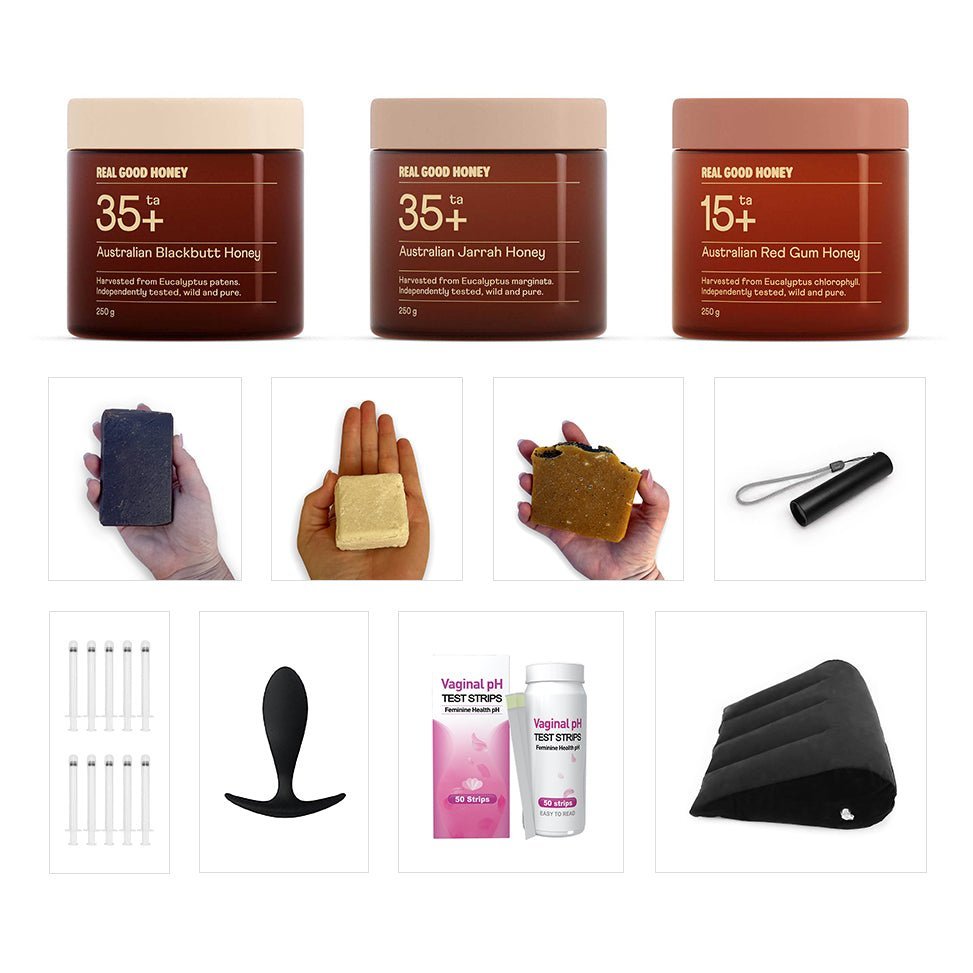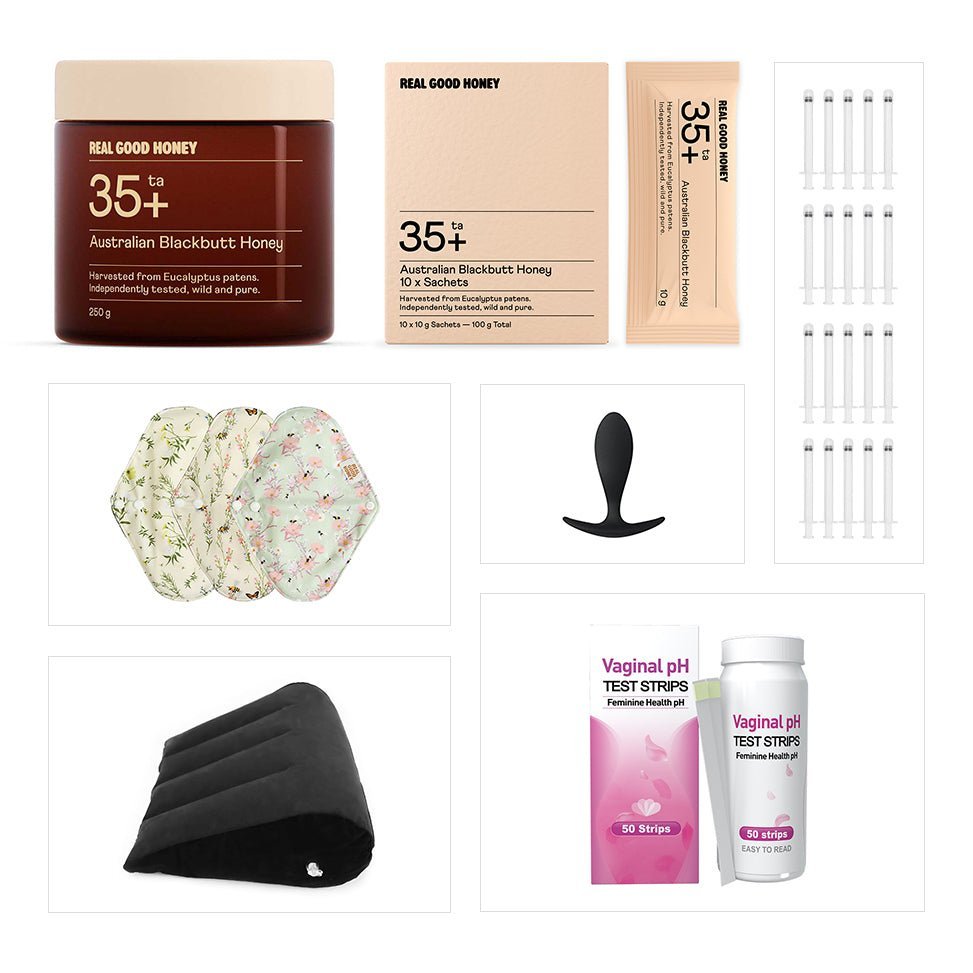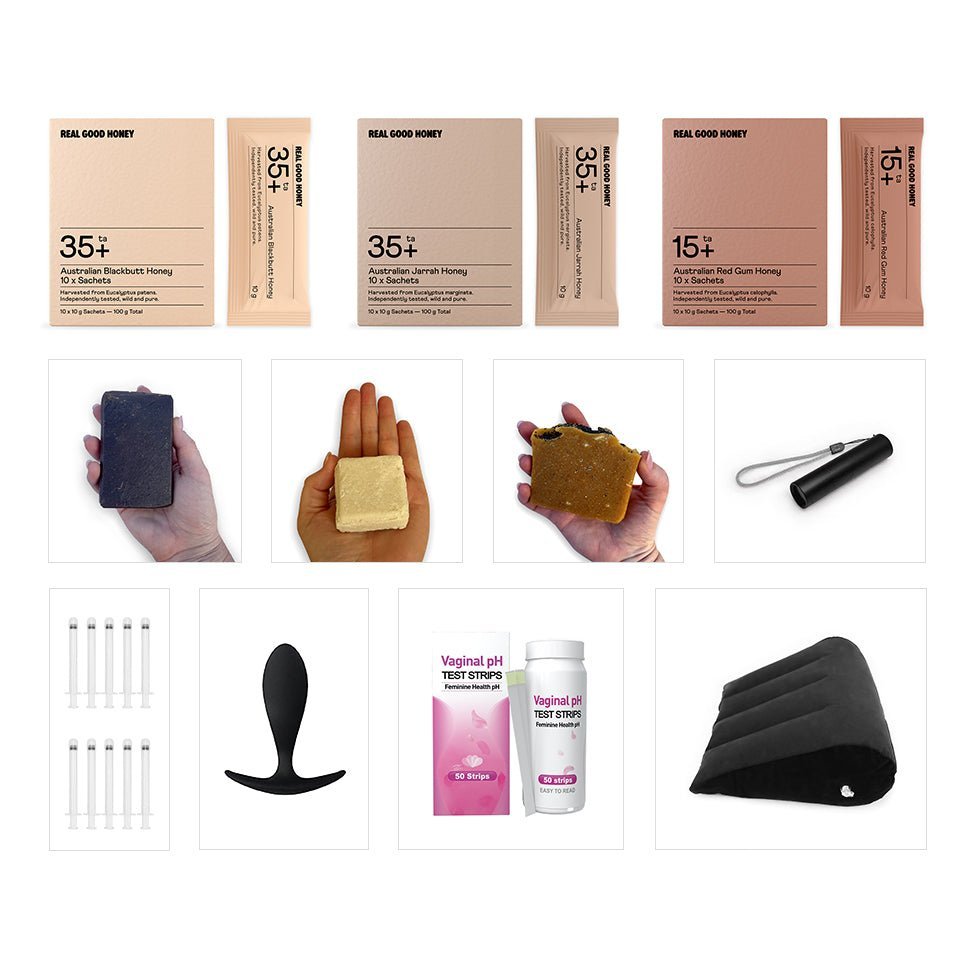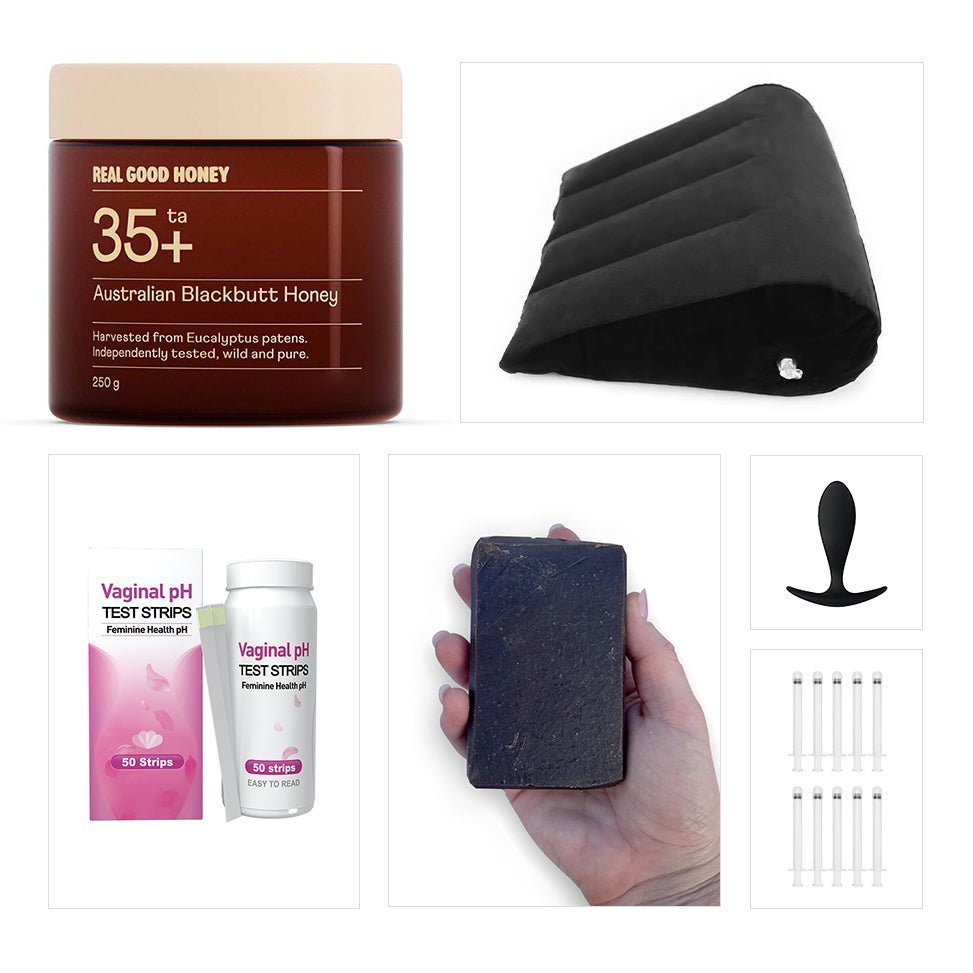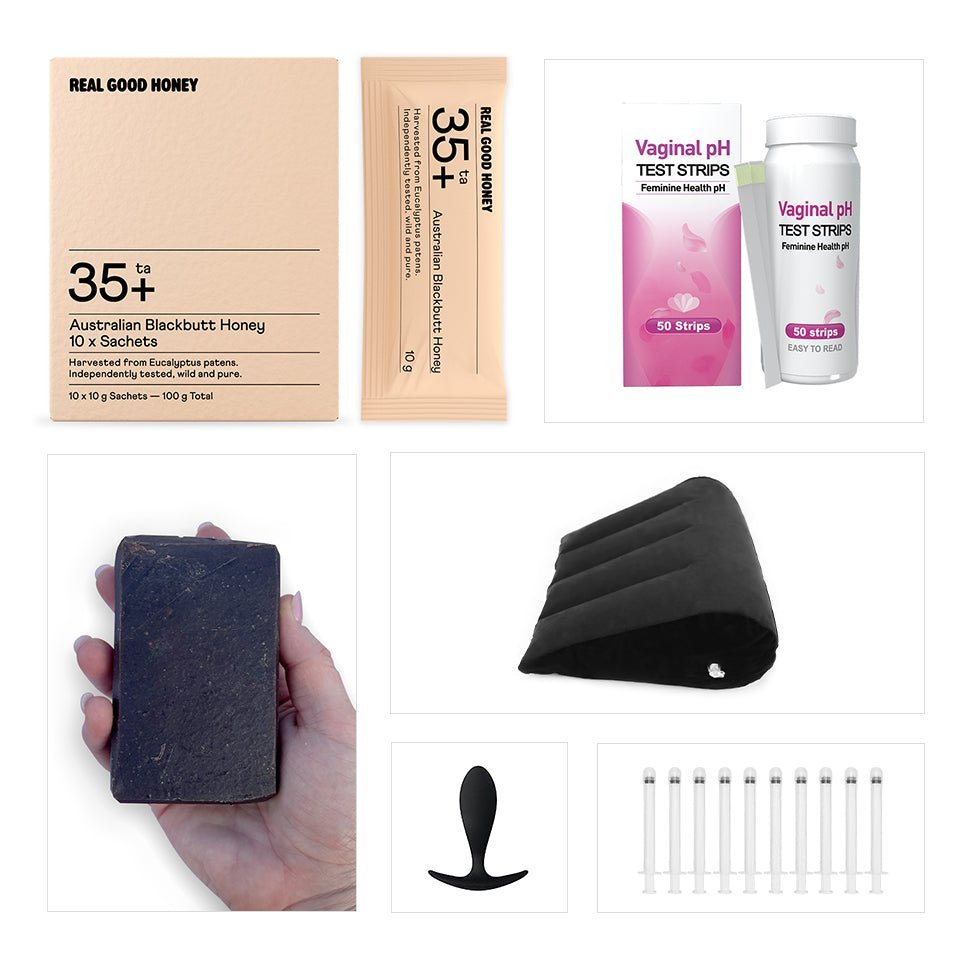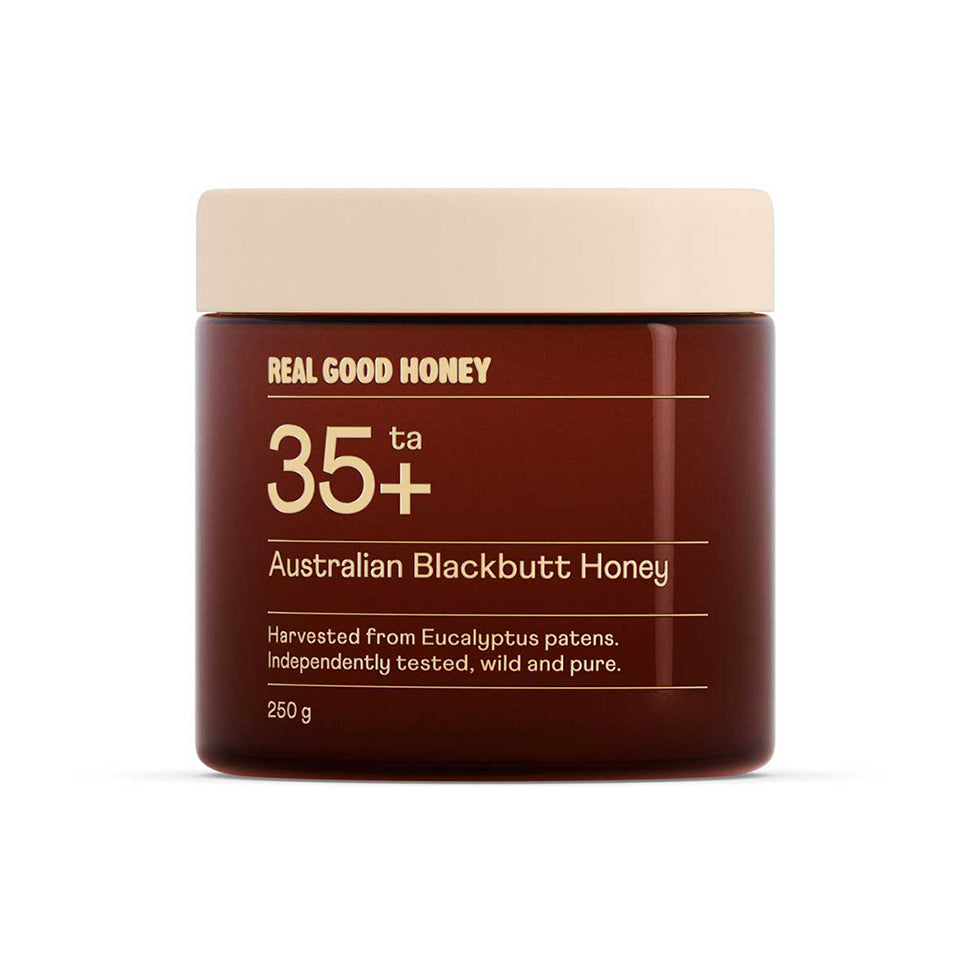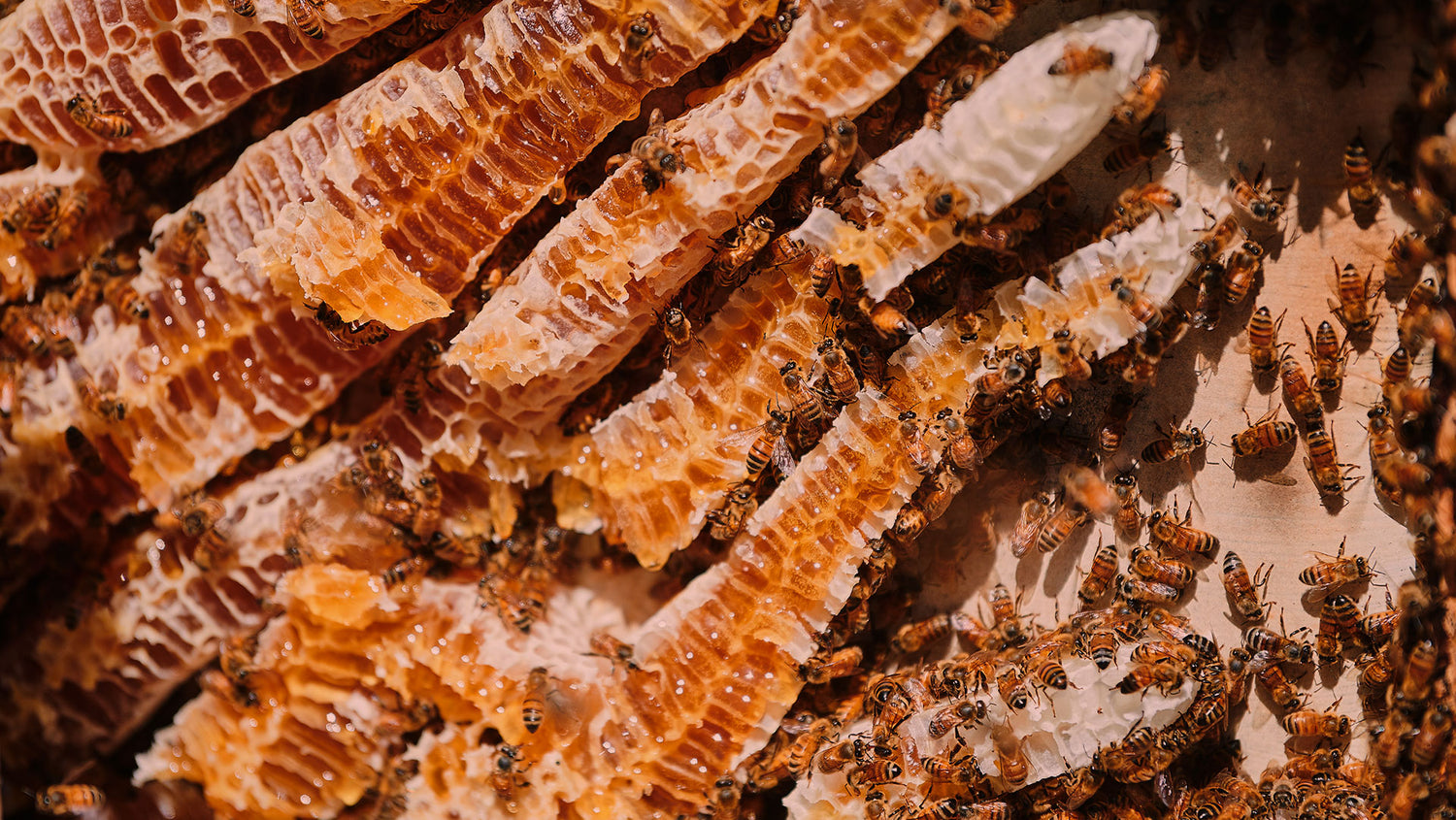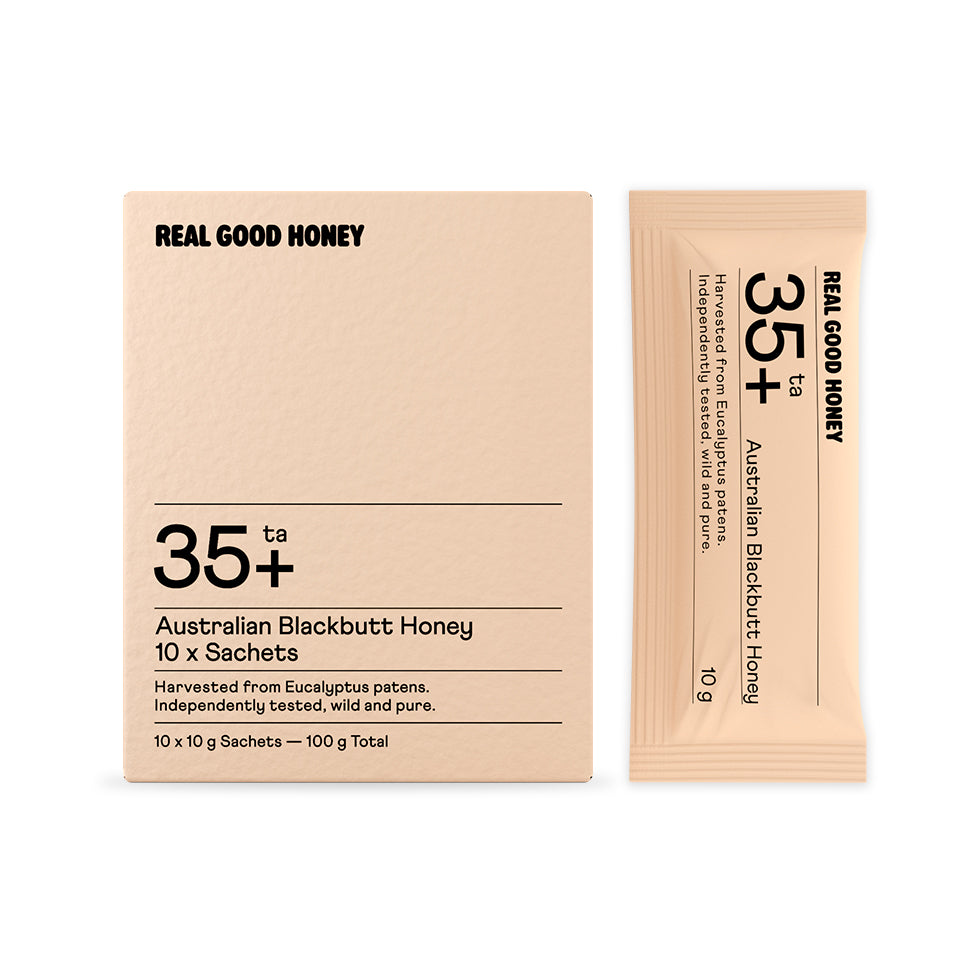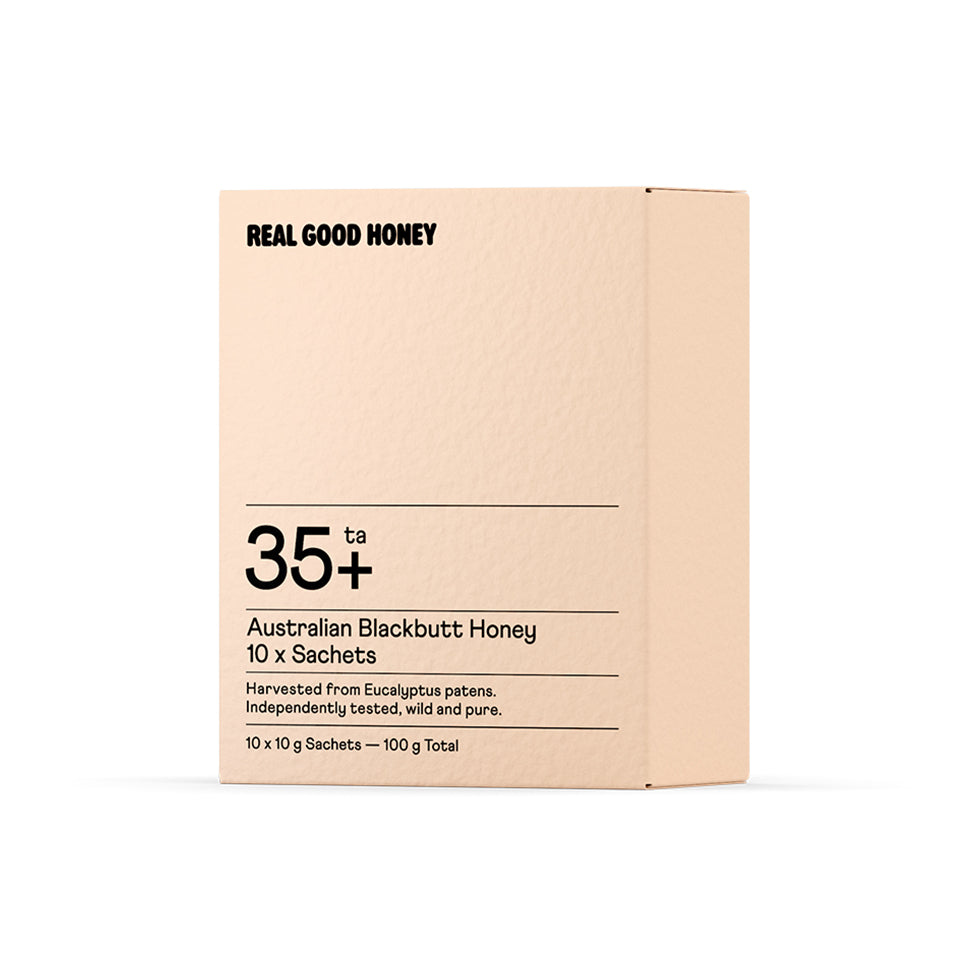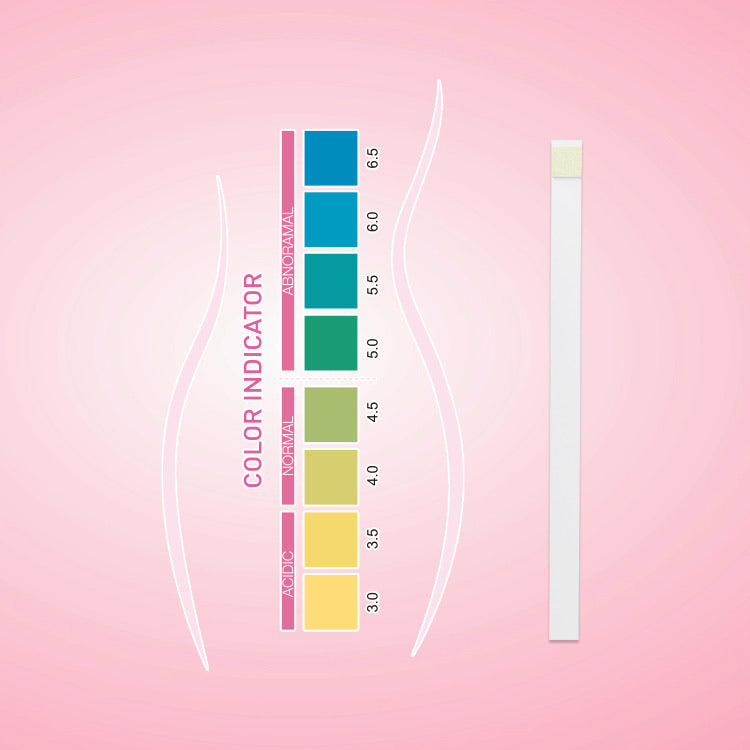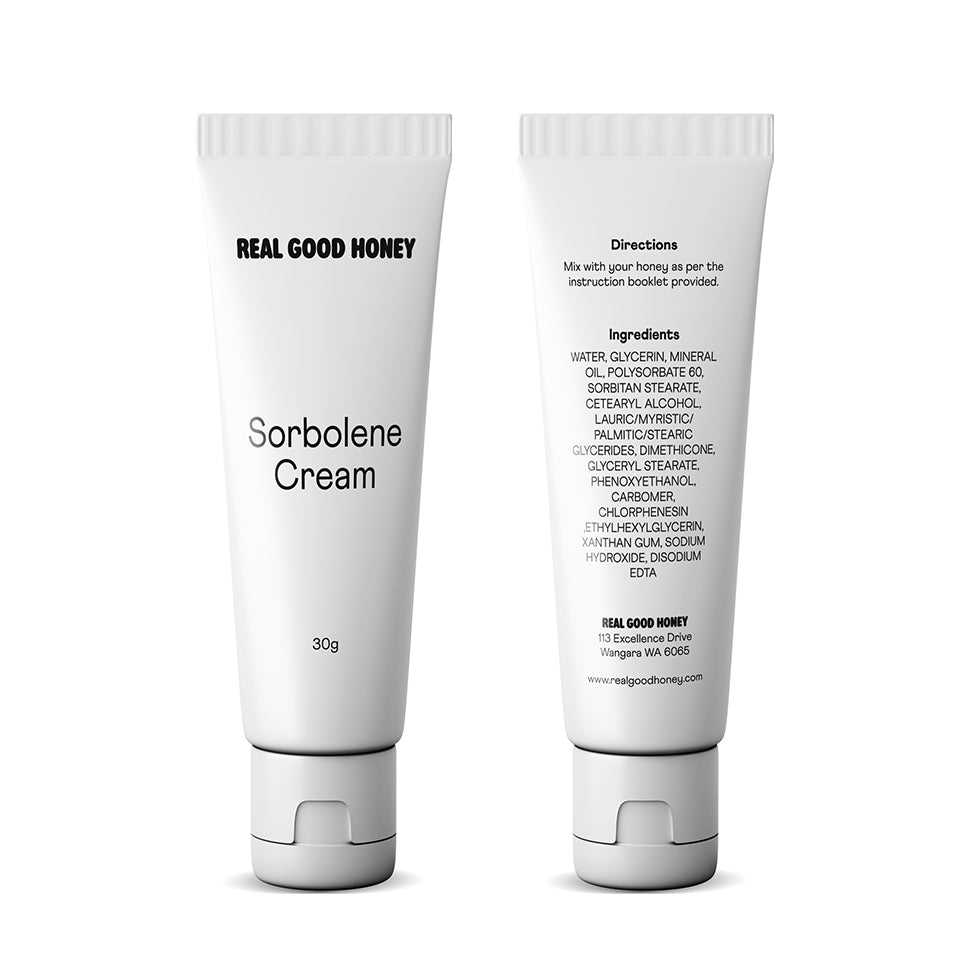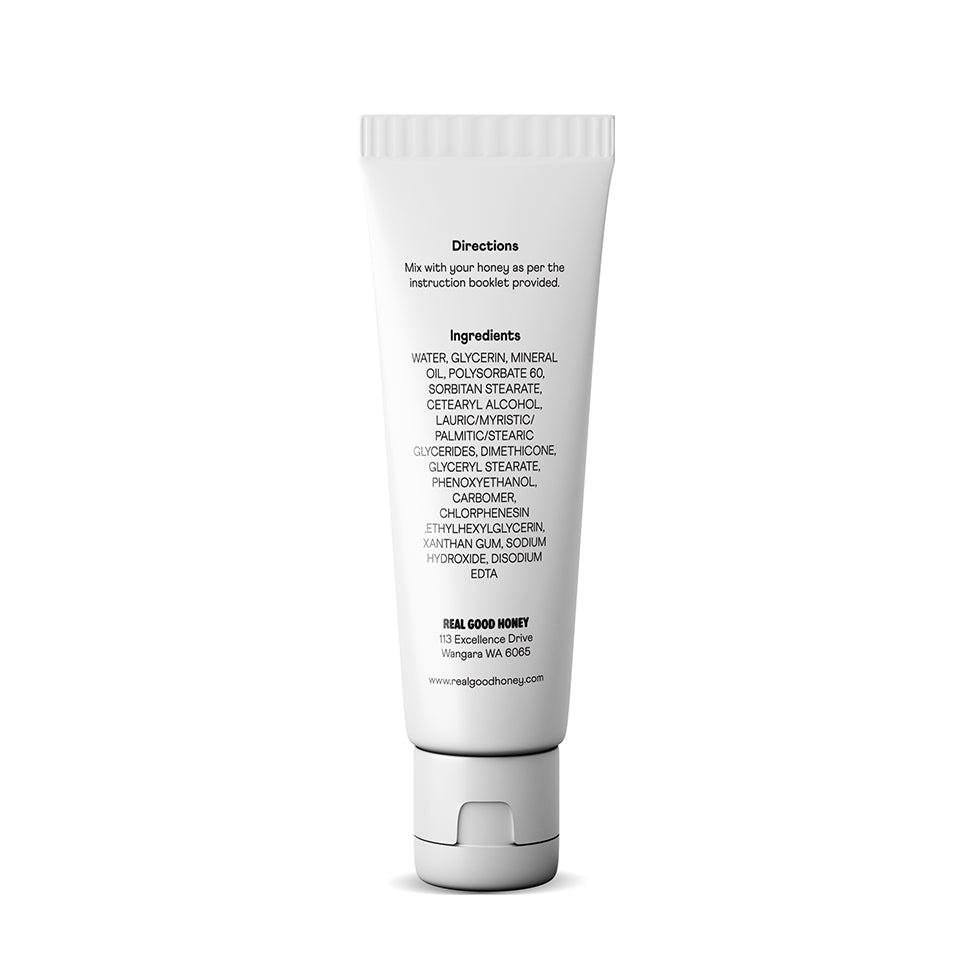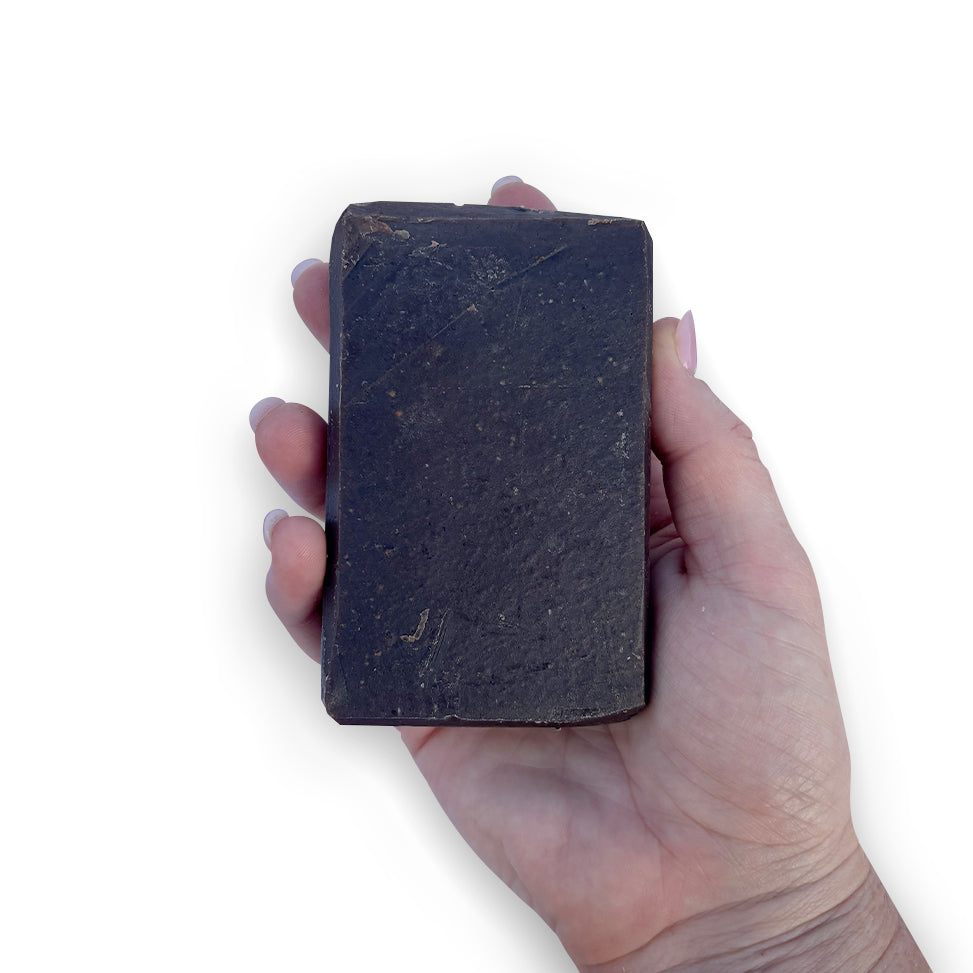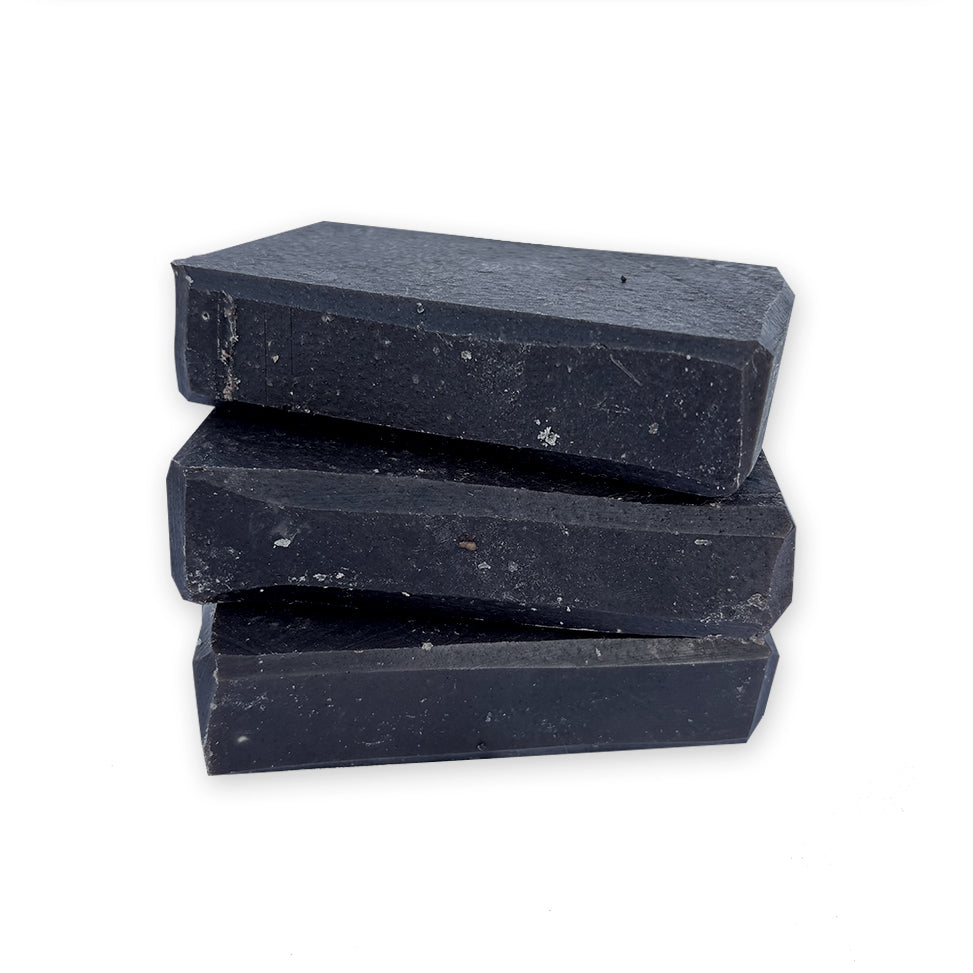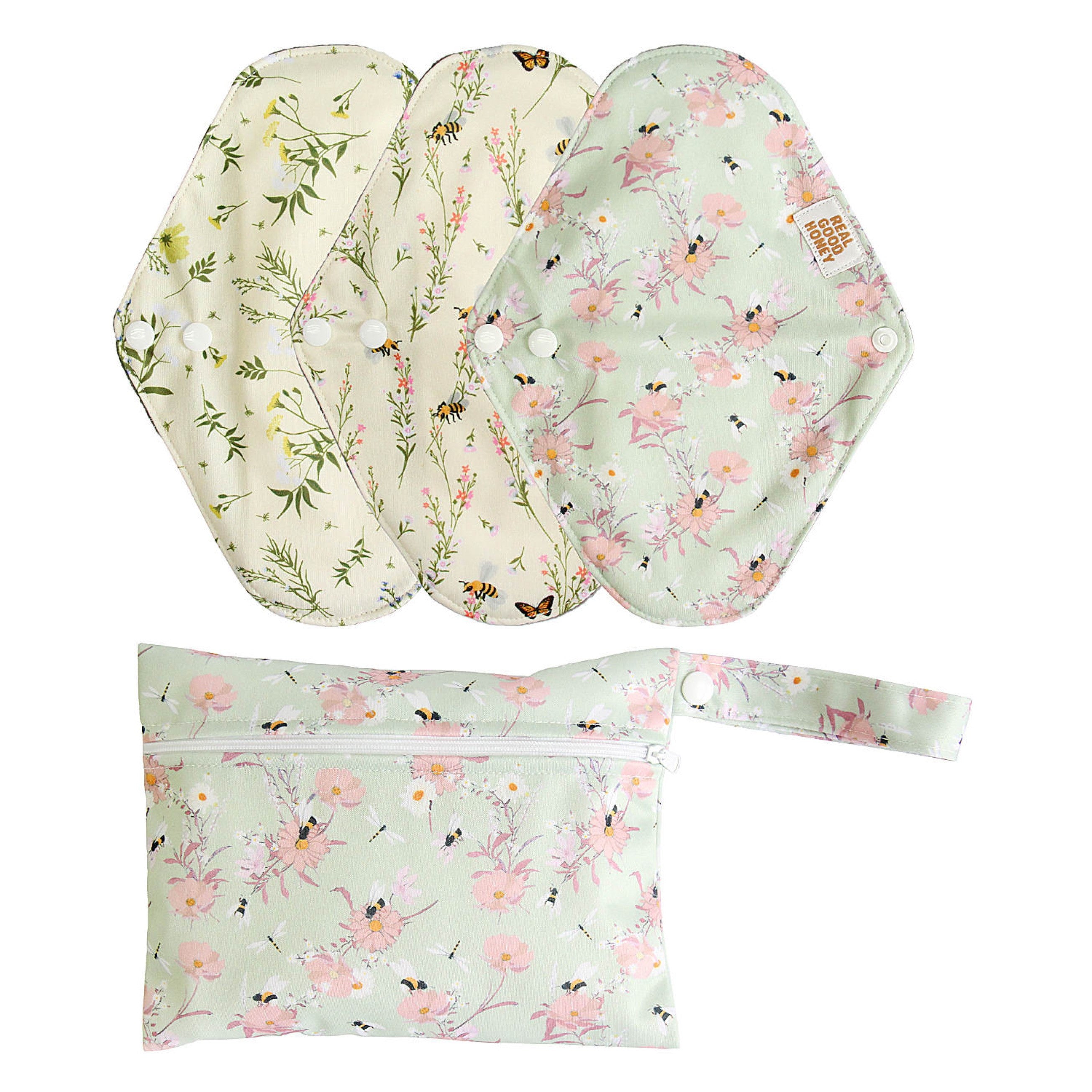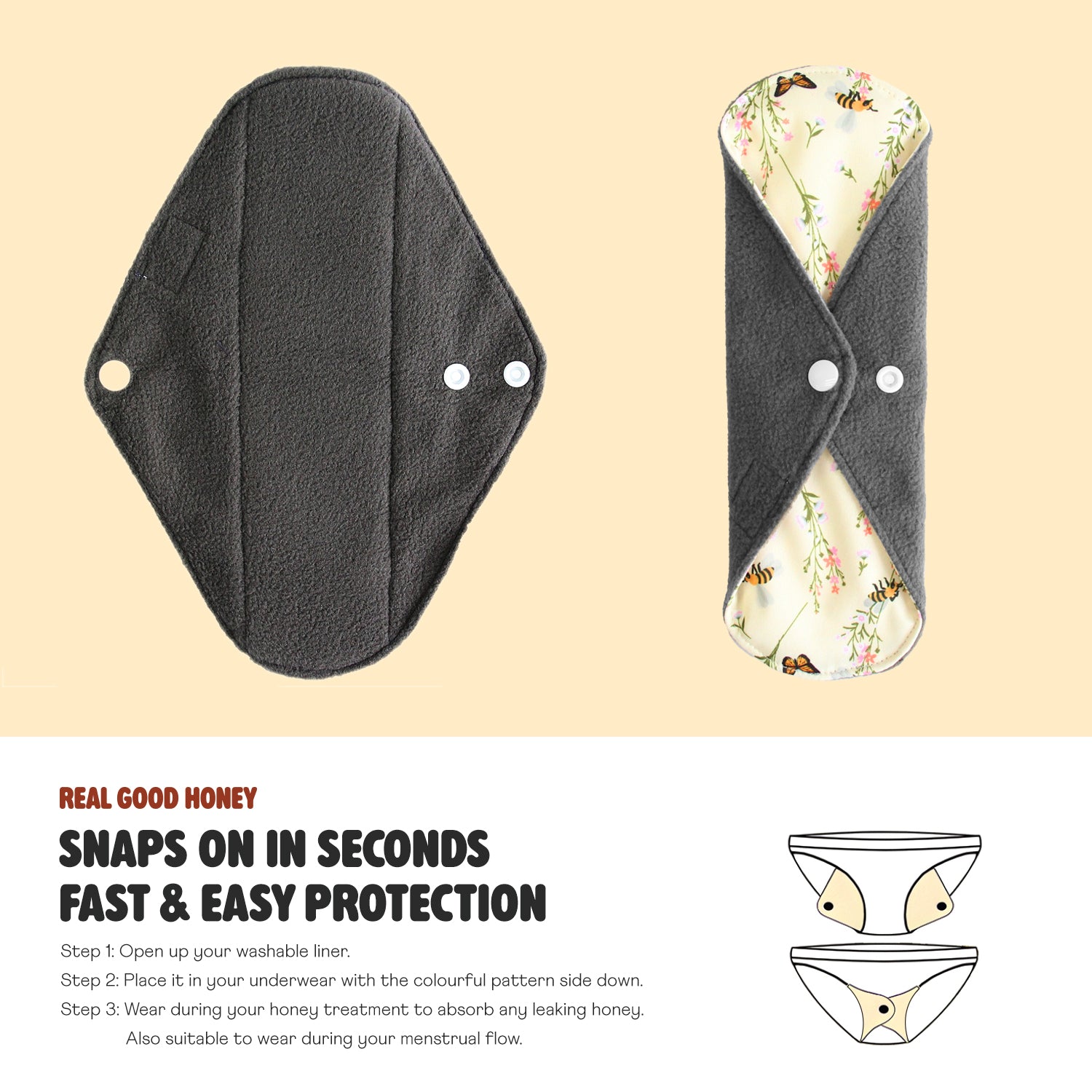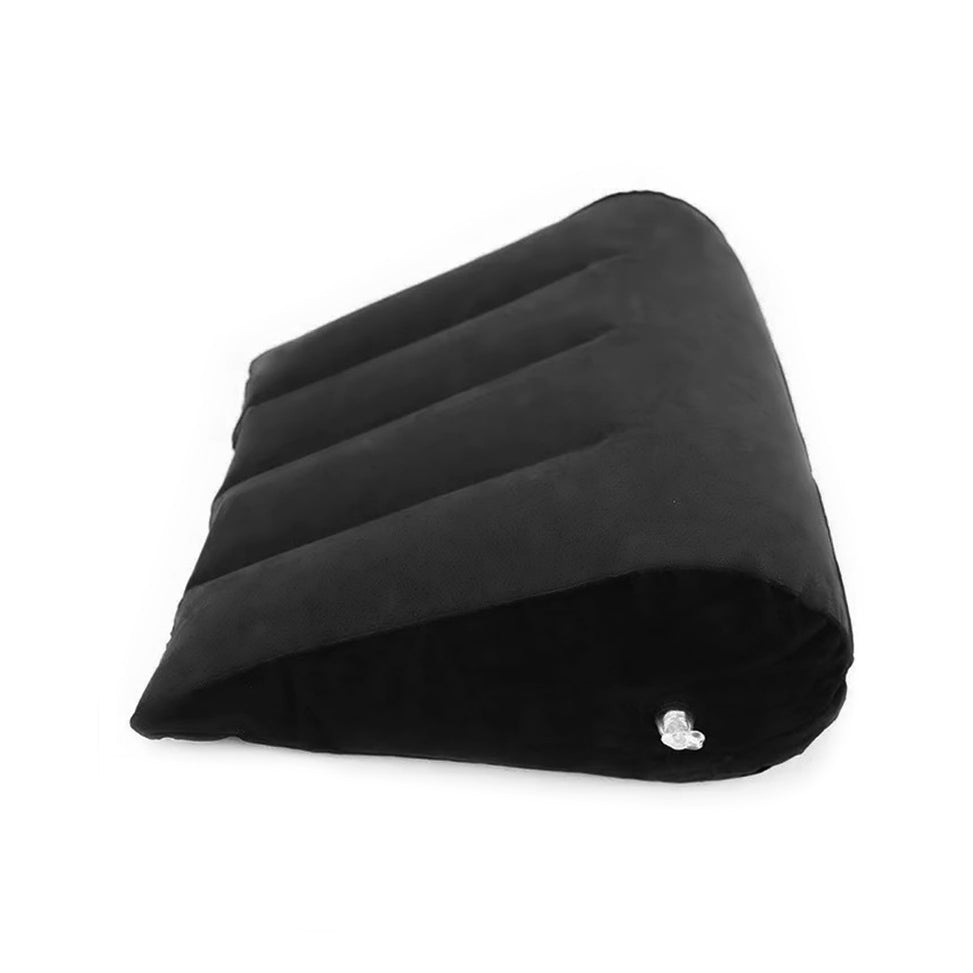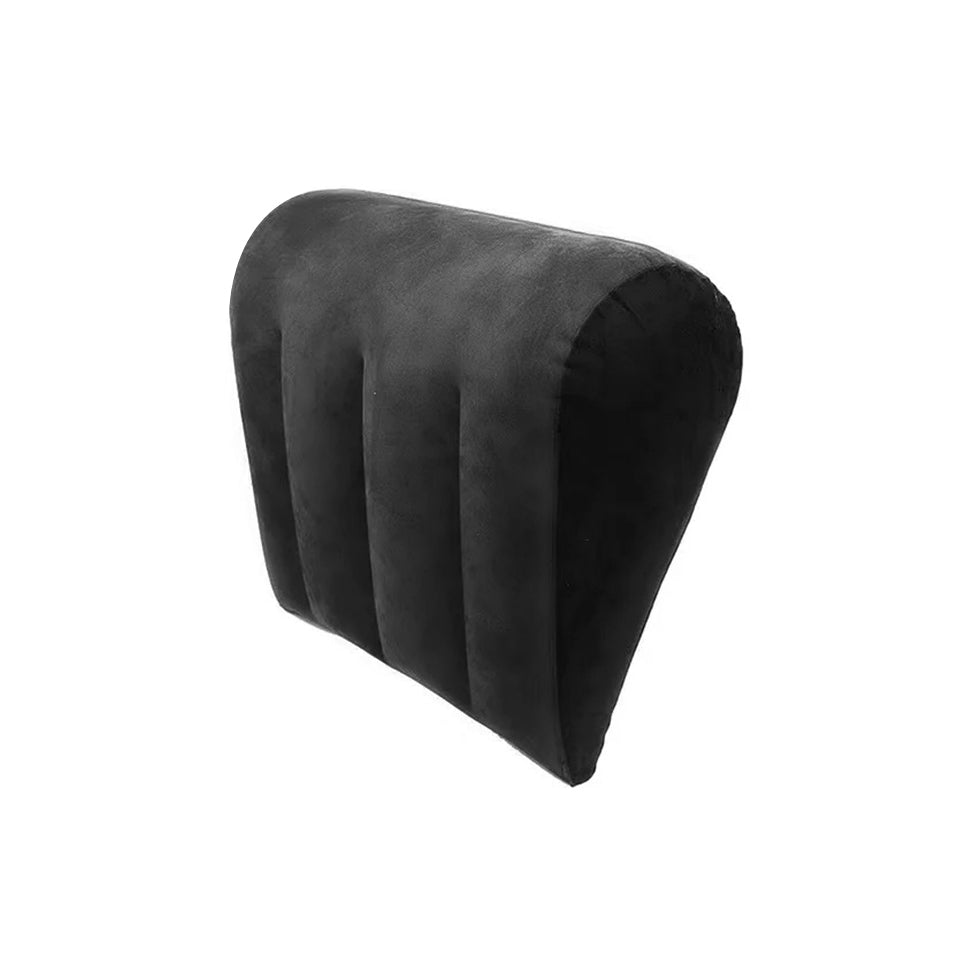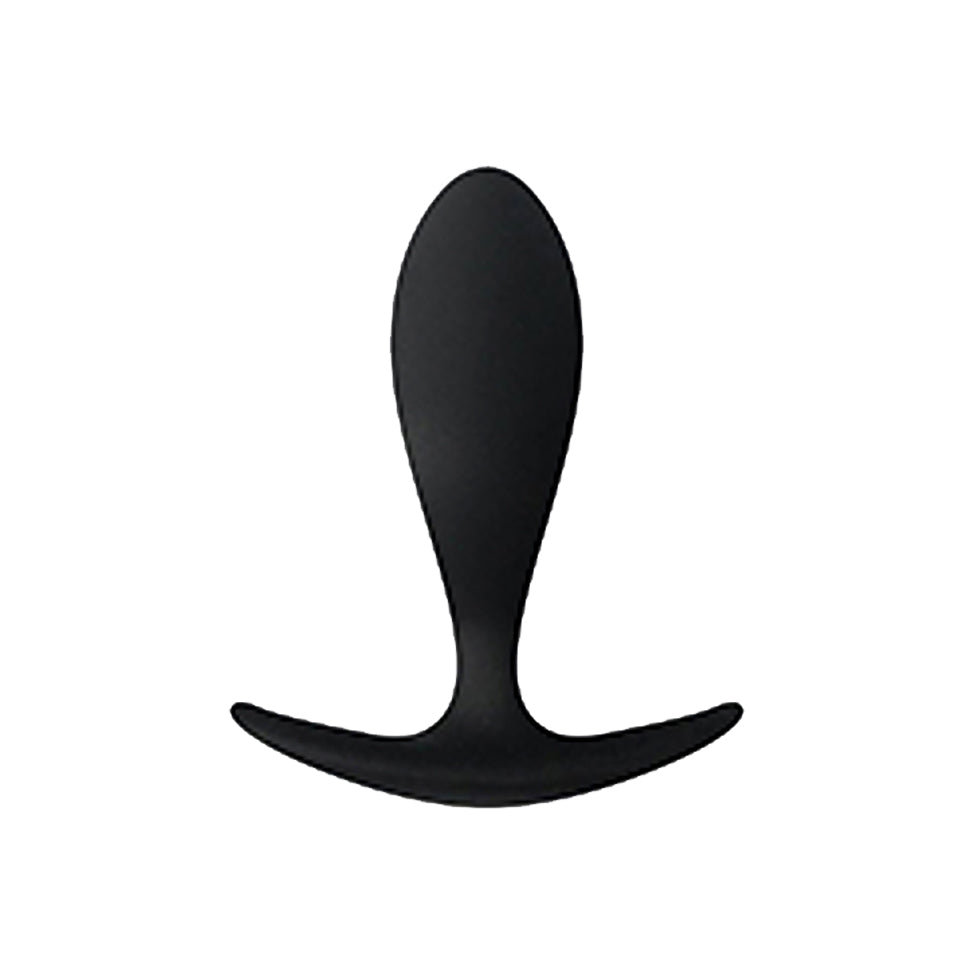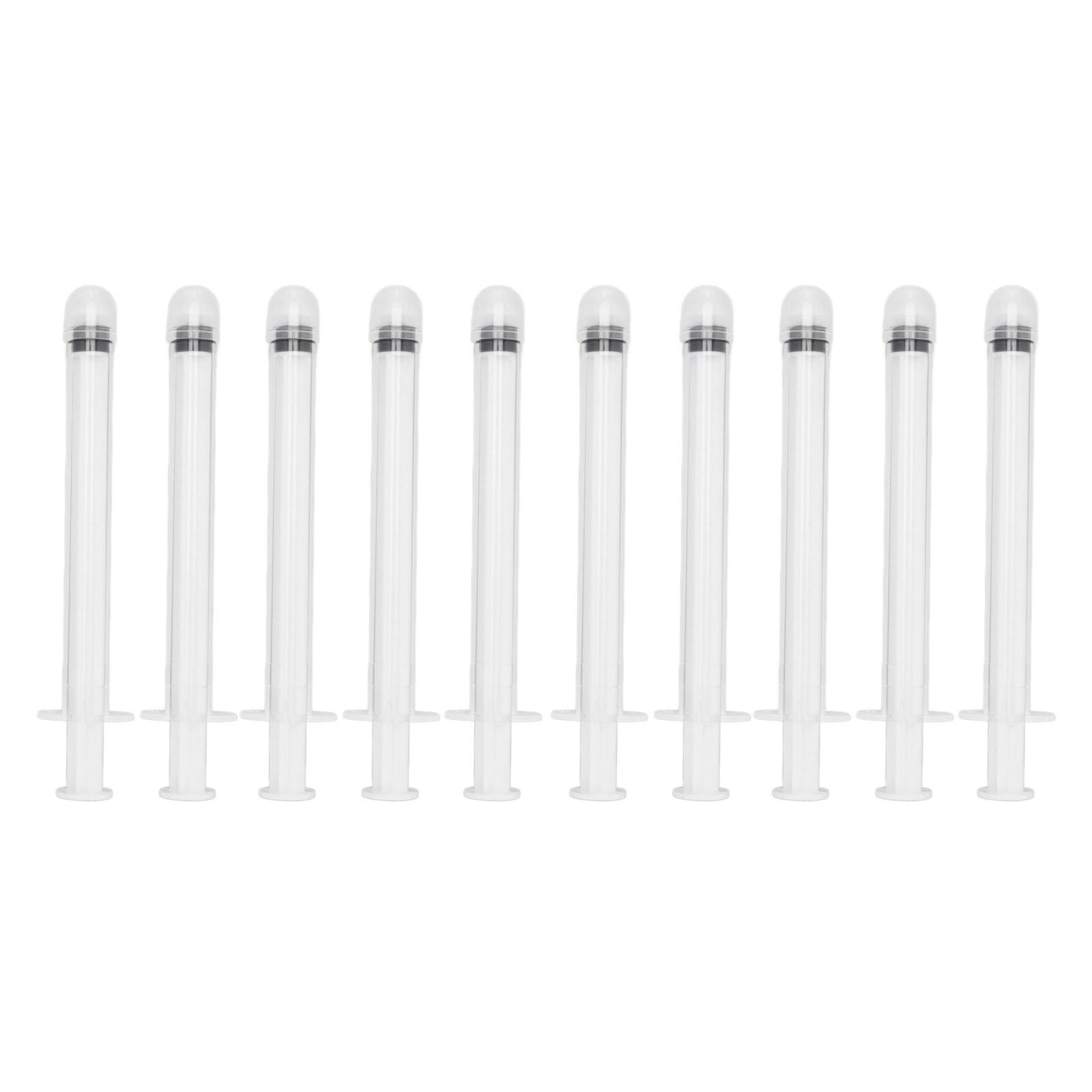UTI Relief
Women Are Fed Up With UTIs Here’s Why!
Many women experience recurrent UTIs, with some dealing with multiple infections a year.
The burning sensation, urgency, and pelvic pain can make even basic activities like working, socialising, or sleeping unbearable.
Women are often treated for UTIs without exploring other potential conditions like interstitial cystitis, pelvic floor dysfunction, or hormonal changes. This can lead to antibiotic resistance, creating further challenges.
Many women experience UTI symptoms, but their urine tests come back negative, leaving them without answers or effective treatment.
Tired of recurrent UTIs? Try Real Good Honey today!

What If It’s Not a UTI?
Many people experience symptoms that feel exactly like a UTI, such as burning, urgency, and bladder discomfort, but their urine tests come back negative for an infection. This can be incredibly frustrating, leaving many wondering what else could be causing their symptoms.
If this sounds familiar, it’s important to know that there are other conditions that can mimic the symptoms of a UTI and should be explored with your GP. Some common possibilities include:
Imbalances in vaginal flora, such as bacterial vaginosis or yeast infections, can sometimes mimic UTI symptoms.
Certain bacteria, like Ureaplasma or Mycoplasma, may not show up in standard UTI tests but can still cause symptoms. These bacteria are unique because they don’t have cell walls and traditional antibiotics don’t work on them.
A chronic condition causing bladder pain and a feeling of urgency or frequent urination. Often mistaken for recurrent UTIs, but no bacteria are found in urine tests.
Overactive or tight pelvic floor muscles can cause urinary discomfort, urgency, and frequency. This is often overlooked and may require evaluation by a pelvic physiotherapist.
A condition characterised by a sudden, uncontrollable urge to urinate, often without pain or infection.
Inflammation of the urethra, often due to irritation rather than infection.
Stones can irritate the bladder or urinary tract, leading to pain and UTI-like symptoms.
Natural relief for UTI-like symptoms and more.

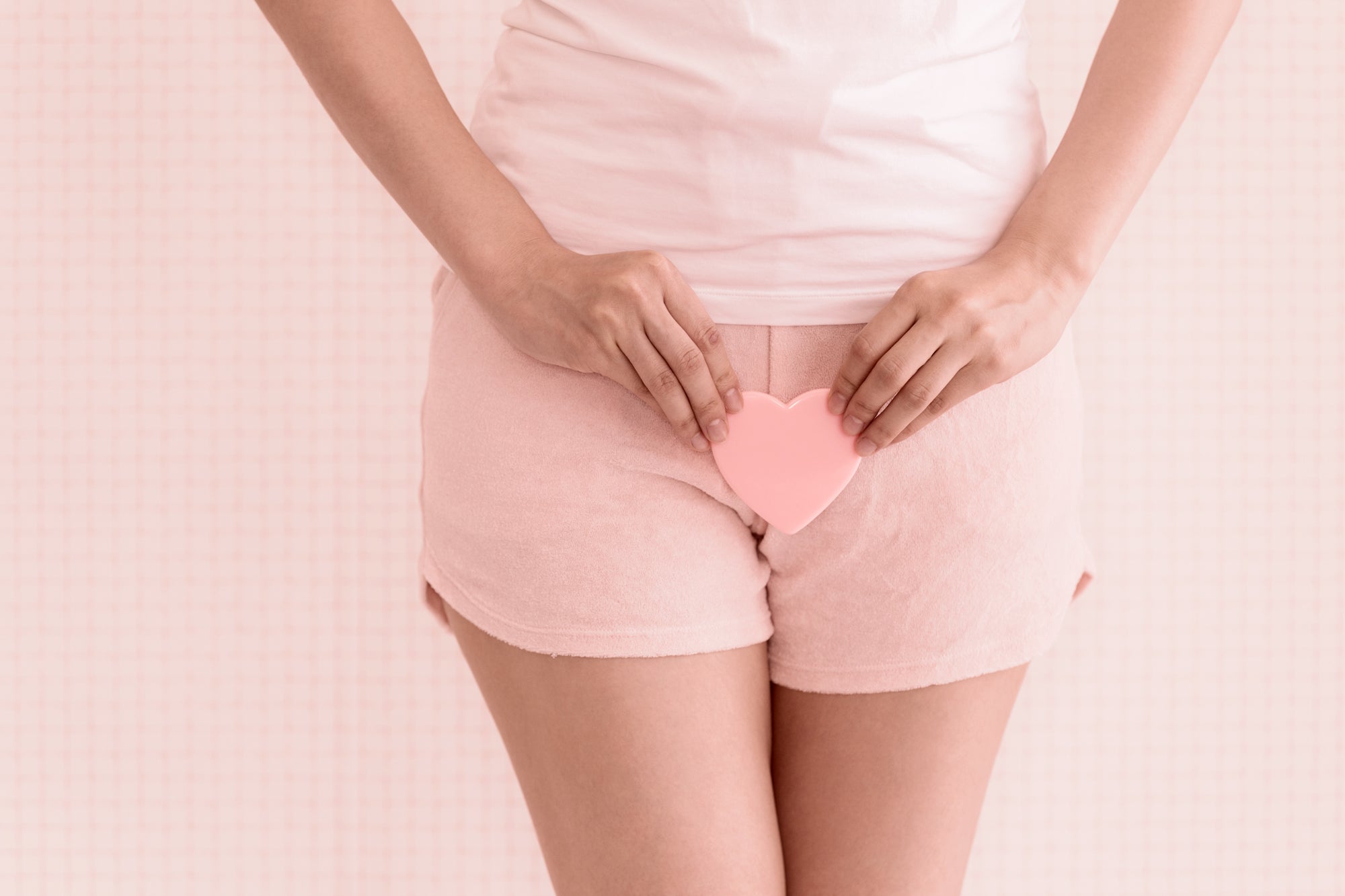
Yes!!! Faeces Is a Culprit.
The female urethral opening is located very close to the vaginal opening and anus, both of which can harbor bacteria such as E. coli. This close proximity naturally increases the risk of contamination of the urethra. But here’s the thing—many women already practice proper hygiene, like wiping front to back, and find it hard to believe that faecal bacteria could still be making their way into their urinary tract.
Even with perfect hygiene, the microscopic nature of bacteria means they can still make their way into the urinary tract, bypassing even the most careful prevention methods.
The Invisible Process of Bacterial Translocation.
Bacterial translocation from the anus to the urethra isn’t something that’s visible to the naked eye. It doesn’t require visible particles or noticeable contact. Instead:
Faecal bacteria can spread through tiny, microscopic particles that may not be apparent on hands, clothing, or during normal daily activities.
Even something as simple as wiping too close to the urethra or prolonged sitting in tight clothing can introduce bacteria to the area.
Activities like sex, exercise, or certain forms of underwear (e.g., G-strings) can facilitate bacterial movement toward the urethra.
Rebuild balance after antibiotics. Discover Real Good Honey for natural support.

Why Do Some Women Get UTIs While Others Don’t?
Not all women experience UTIs from the same amount of bacterial translocation, and here’s why:
Women with a robust immune system may be able to fend off small amounts of bacterial contamination before it causes an infection. Those with weakened immune systems (due to stress, illness, medications, or underlying conditions) may be more susceptible to infections.
Some women have shorter urethras or anatomical variations that make it easier for bacteria to travel into the bladder.
Changes in estrogen levels, particularly during menopause, can thin the vaginal and urethral walls, reducing natural defences against bacteria.
A healthy vaginal microbiome acts as a natural barrier, preventing harmful bacteria from taking hold. Disruption of the microbiome (e.g., from antibiotics, soaps, or douching) can increase UTI risk.
Activities like frequent sex, use of spermicides, or prolonged exposure to moisture (e.g., wearing wet clothing) can increase the frequency of bacterial contamination and overwhelm the body’s defences.
Protect your urinary tract with Real Good Honey.

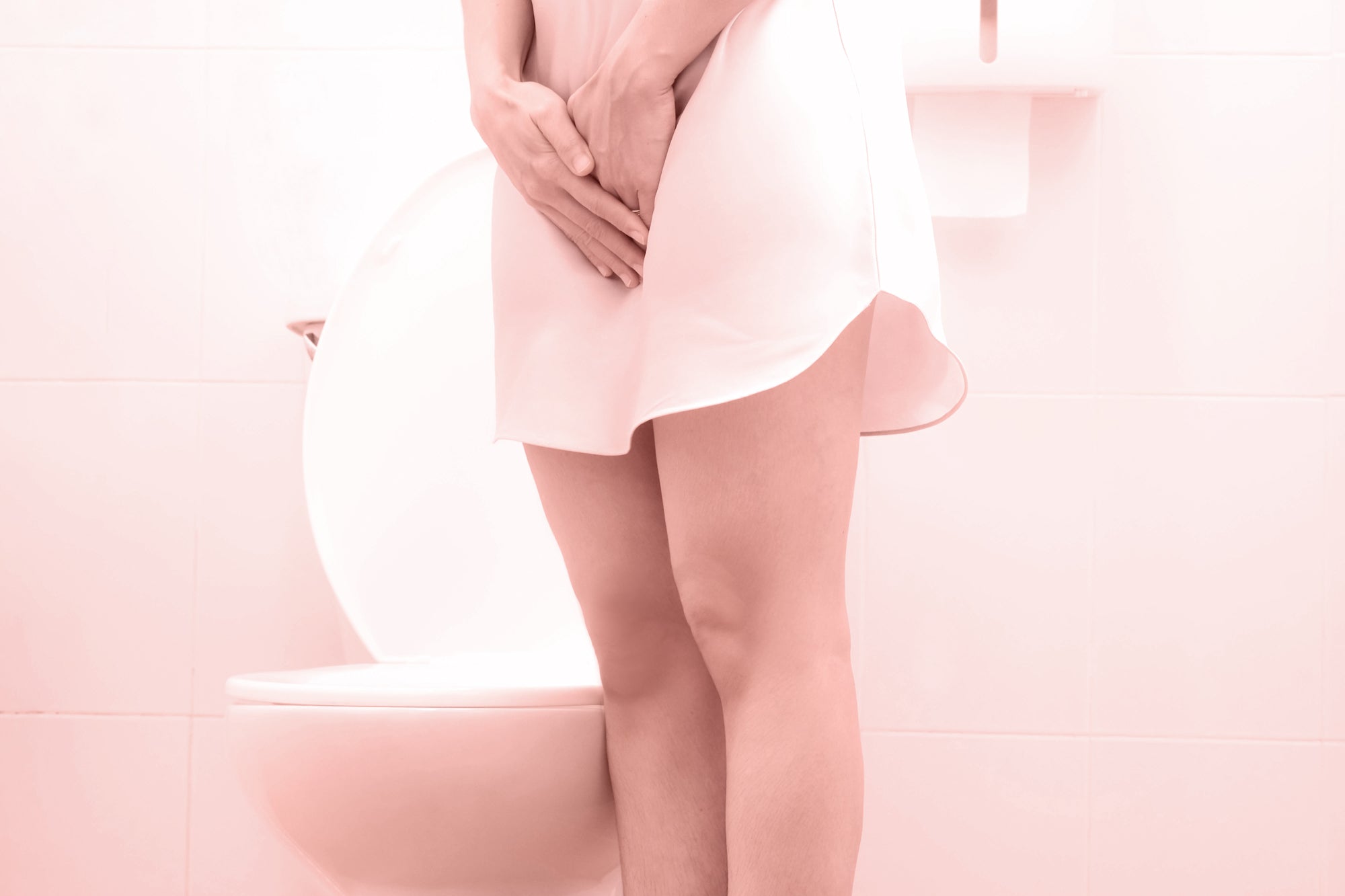
Shorter Urethra Contributes to UTI’s.
The urethra is the tube that carries urine from the bladder to the outside of the body. In women, the urethra is approximately 4 cm long, compared to about 20 cm in men. A shorter urethra means bacteria have a shorter distance to travel to reach the bladder, where they can multiply and cause an infection.
When E. coli is introduced to the urethral opening (e.g., during wiping or sexual activity), it can quickly ascend into the bladder due to the short pathway. The shorter distance allows bacteria to bypass the body’s natural flushing mechanism (urination) before they can be eradicated. Once bacteria reach the bladder, they can adhere to the bladder wall, multiply, and cause infection.
This anatomical predisposition explains why women are much more likely to experience UTIs than men and why certain behaviours or conditions (like dehydration or infrequent urination) can increase the risk.
Why Real Good Honey Works for Urinary Health
Real Good Honey stands out as a natural powerhouse with unparalleled concentrations of hydrogen peroxide, making it a potent tool against urinary tract infections (UTIs) and vaginal microbiome imbalances. Its unique composition and broad-spectrum properties offer a safe, effective, and versatile treatment option for maintaining intimate health. Here’s why:
Real Good Honey contains extraordinarily high levels of hydrogen peroxide, which is proven to be toxic to E. coli—the most common gram-positive bacterium responsible for UTIs. When applied directly to the urethral opening, its high hydrogen peroxide content has been proven to rapidly kill E. coli and other pathogens on contact before they have a chance to ascend into the bladder.
One of the most remarkable features of Real Good Honey is its unique array of safety net compounds, which make it incredibly difficult for bacteria to adapt or develop resistance. These compounds include:
- Phenolic Acids and Flavonoids: Naturally occurring antioxidants that disrupt bacterial biofilms, preventing pathogens from anchoring themselves in the urethra or vaginal tissues.
- Osmotic Pressure: The high sugar content dehydrates bacteria, creating an environment where they cannot survive or multiply.
- Enzymes and Nutrients:These work synergistically to weaken and kill harmful microbes while supporting the body’s natural defences.
Real Good Honey isn’t just limited to combating UTIs. Its broad-spectrum antimicrobial properties make it an ideal tool for restoring balance across the vaginal microbiome.
- Fights Pathogens: Targets and neutralizes harmful bacteria and yeast without harming beneficial microbes that are essential for vaginal health.
- Restores Balance: Encourages the growth of protective bacteria like Lactobacillus, which naturally maintain an acidic environment to fend off infections.
- Soothes Irritation: Its anti-inflammatory compounds help reduce redness, discomfort, and swelling caused by imbalances or mild infections.
Fight back against UTIs with the power of Real Good Honey
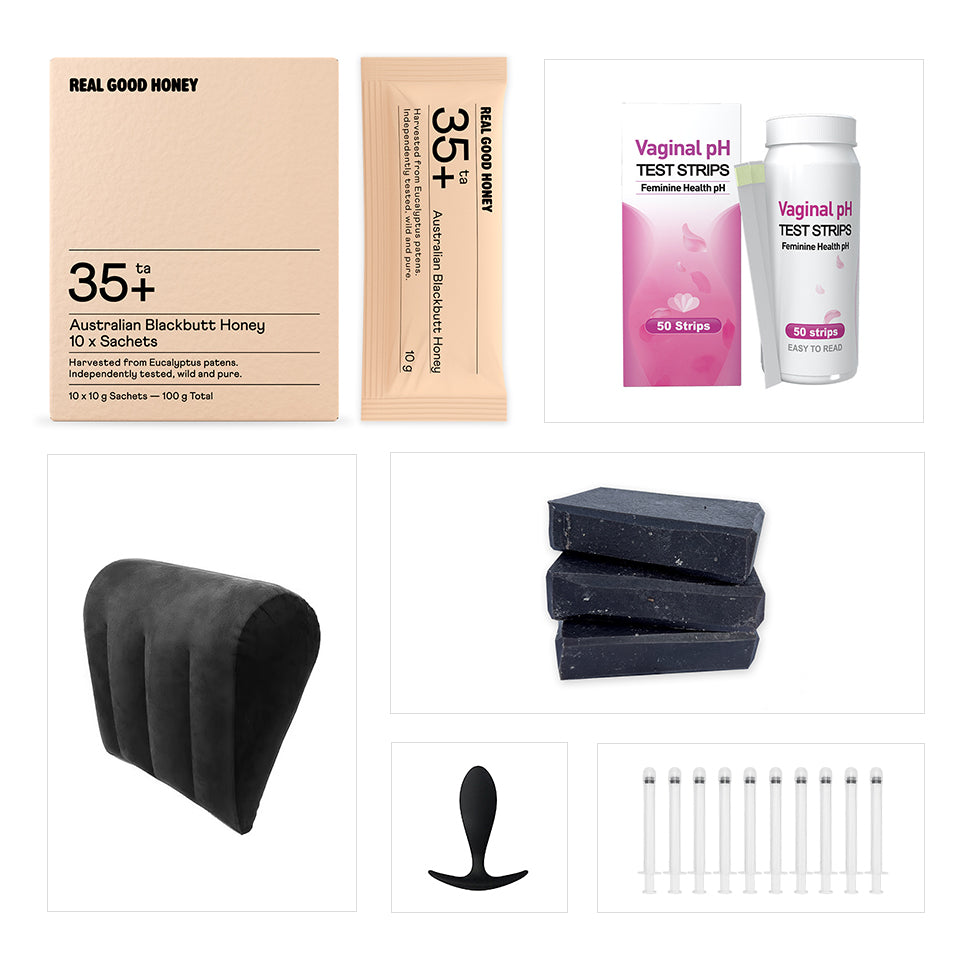

How To Apply Real Good Honey
To use Blackbutt TA35+ Female Intimate Area Honey, begin by placing 5ml of the honey into the measuring cup provided. Warm the honey by carefully placing the measuring cup into a small bowl of hot water, allowing the heat to make it runny. Avoid overheating and do not allow water to mix with the honey.
Once warmed, lie on your back with a wedge cushion or pillow under your hips, your heels close to your buttocks, and your knees bent outward in a relaxed position. Gently part the labia minora to expose the urethral opening, located just beneath the clitoris. Using a clean finger, gently apply the honey around the urethral opening, and to the clitoris or labia if these areas are also irritated. Remain in this position for 30 minutes to allow the honey to flow naturally into the urethra and provide its benefits.
After 30 minutes, rinse the area with lukewarm water to remove any residual honey. Repeat this process twice daily for the first day (morning and evening), then reduce to once daily until symptoms improve. Ensure proper hygiene by washing your hands before and after application, and discontinue use if symptoms persist or worsen, consulting a healthcare provider as needed.

